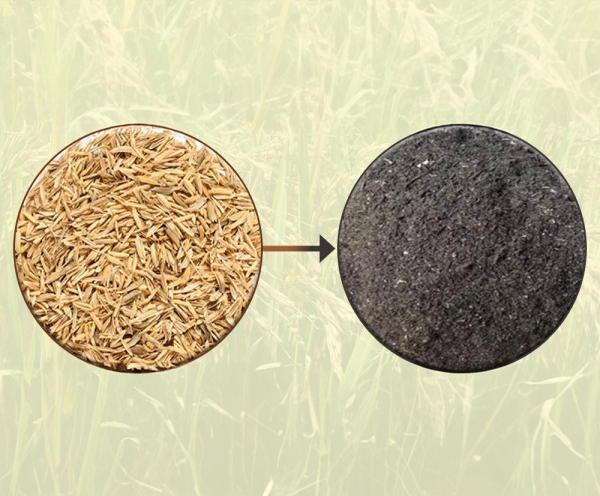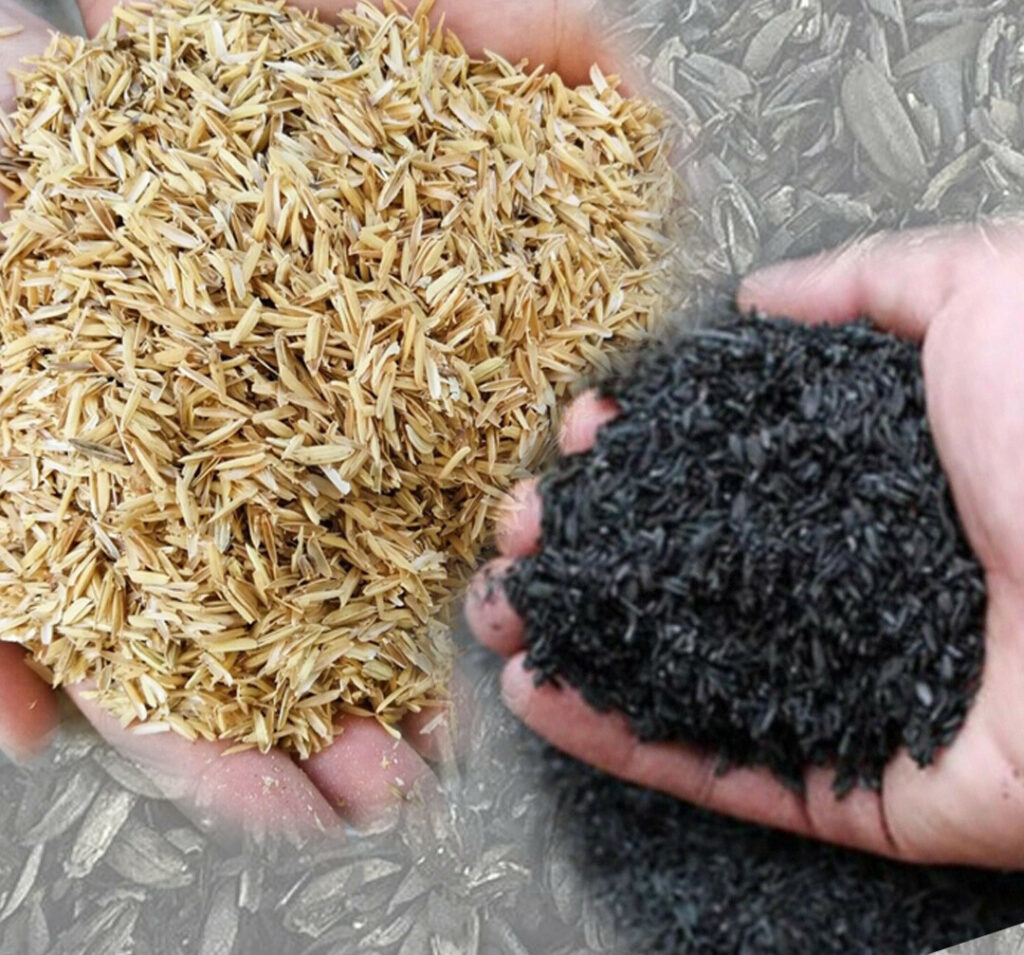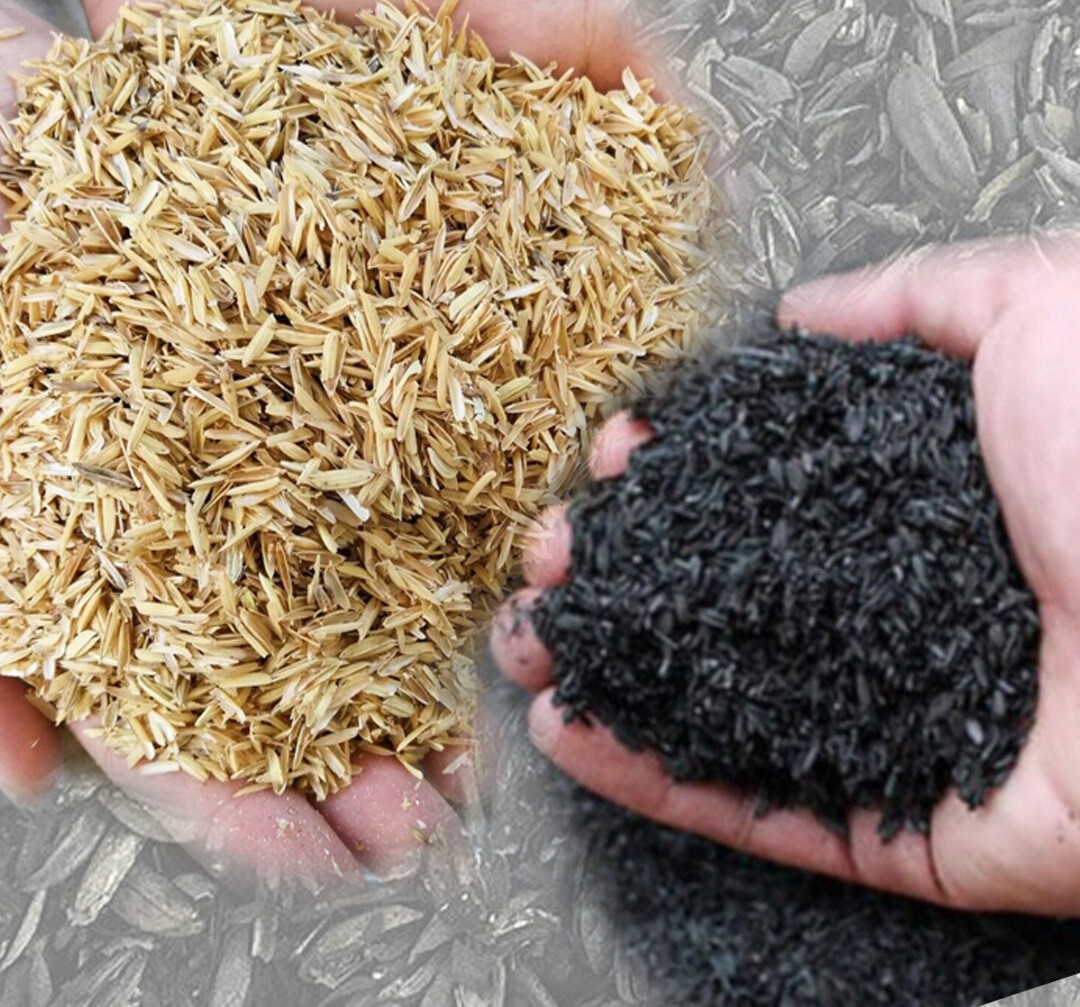Compressed earth blocks (CEBs) are becoming more popular as a sustainable building material. They’re made mostly from soil and water, and can be produced with minimal environmental impact. But on their own, they often don’t meet the structural requirements for modern construction. Typically, reinforcements (like natural fibers) or stabilizers (like lime or cement) are added to the blocks.
 Rice husk ash (RHA) fits into the stabilizer category. It’s already used in other areas like ceramics and cement alternatives, and because it’s rich in silica, it has the potential to improve soil-based materials.
Rice husk ash (RHA) fits into the stabilizer category. It’s already used in other areas like ceramics and cement alternatives, and because it’s rich in silica, it has the potential to improve soil-based materials.
A team in Chile used locally sourced soil and RHA collected as bottom ash from a nearby mill. After screening and processing the soil, they prepared 14 sample mixes, replacing soil with RHA at levels ranging from 2.7 % to 20 % by weight. Two control samples were made with 100 % soil and no additives.
They molded the samples into compacted cylinders and applied pressure to produce mini CEBs. The blocks were then tested under compression to evaluate their mechanical properties. The results were clear: the control samples fell short of the strength required by building standards. In contrast, RHA-stabilized blocks consistently exceeded that threshold. The strongest mixes—those with 10–14 % RHA—reached compressive strengths between 3.0 and 3.3 MPa.
 This study shows that RHA—an often discarded waste material—can be a highly effective stabilizer for CEBs. With the right mix design, these blocks can meet structural standards without relying on cement or synthetic additives.
This study shows that RHA—an often discarded waste material—can be a highly effective stabilizer for CEBs. With the right mix design, these blocks can meet structural standards without relying on cement or synthetic additives.
Future research should look at their durability under real-world conditions: freeze-thaw cycles, moisture exposure, and thermal stress. Scaling up production will also require attention to sourcing, energy use, and practical curing methods on construction sites.
You can read the original article at www.azobuild.com

